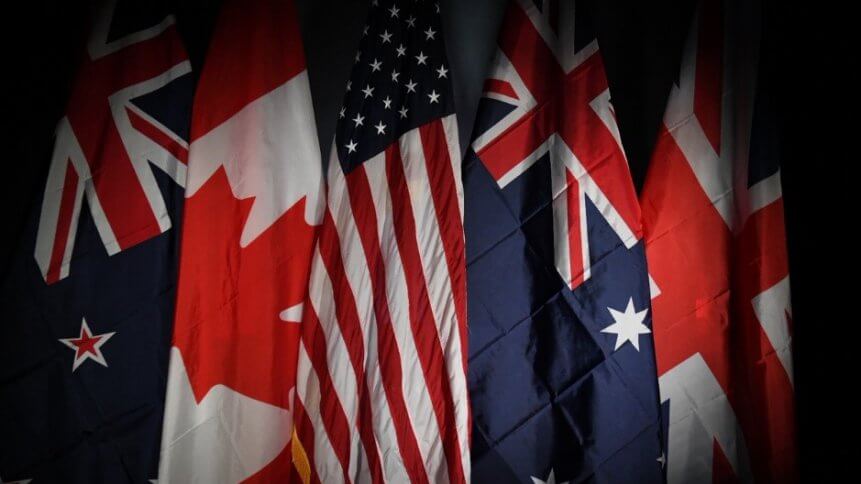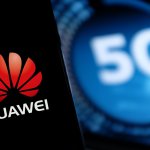The state of Huawei in light of the Five Eyes partnership

- UK’s plan to remove all Huawei equipment could cost phone companies up to US$2.5 billion
- Australia was one of the first of the Five Eyes members to ban Huawei from its 5G roadmap in 2018
- New Zealand and Canada have sought after alternative 5G providers
The UK’s recent decision to exile all Huawei 5G kit from the country by 2027 and marks a new chapter in the wider narrative of Huawei and the Five Eyes security partnership.
In January, the UK government announced it would accept Huawei equipment to be used in its 5G networks with a 35% cap on a network’s hardware and ban from supplying the technology to military bases and nuclear sites.
Hence, this week’s decision that also bans telcos from purchasing 5G equipment from the Chinese tech firm from the end of this year is a major u-turn in progress made. At this point, the government predicts that the UK’s plan to deploy 5G will be delayed by two to three years, and close to £2 billion (US$2.5 billion) of excess costs for phone companies is estimated.
The Five Eyes is an intelligence alliance comprising Australia, Canada, New Zealand, the United Kingdom and the United States. These countries are parties to the multilateral UKUSA Agreement, a treaty for joint cooperation in signals intelligence
The UK was one of the first of the Five Eyes to allow Huawei to be part of the nation’s deployment of the lightspeed wireless network despite pressure from the US and Australia’s formal ban of the Chinese firm’s participation in its 5G roadmap. The UK’s contrasting decision was likely to have an impact on fellow members Canada and New Zealand, but following events revealed otherwise.
Canada carried forward with signing contracts with Ericsson and Nokia, even though Huawei once supplied the nation’s 4G LTE wireless networks. Meanwhile, New Zealand’s former national telecoms carrier, now known as Spark, elected South Korean player Samsung for critical parts in March but has not deployed an outright ban on Huawei’s equipment.
Even so, the Telecommunications Users Association of New Zealand (TUANZ) chief executive, Craig Young, said in RNZ, the government could follow suit due to pressure from fellow Five Eyes members.
If New Zealand jumped on the Huawei ban-wagon, Young said local telcos with Huawei equipment in their core networks would need to replace the expensive hardware. “The way these networks are built, they’re not just simply saying this piece of equipment just does this little piece of work here on this network, you can’t just say this is the 5G network, all the networks are integrated these days.
“It’s not just a simple matter of taking someone’s kit and putting someone else’s in because they don’t all work the same either. I would think there would be significant amounts of work and some costs to take this type of equipment out of their networks,” Young stated.
Besides the dominant 5G players in the market — Huawei, Ericsson, and Nokia — emerging companies such as Samsung, LG are eager to establish themselves as viable alternatives.
Even though these companies have shown promising signs of competing with the leading 5G giants, a more significant obstacle lies in the popularity of “single RAN” technology within Europe that has the upper hand. Huawei pioneered the stated technology that enables single RAN systems to run all different generations of mobile networks such as 2G, 3G, and 4G on the same platform, bringing convenience and lowered costs to operators.
“The one thing that is a challenge for Samsung entering the UK or European market is more related to request for single RAN technology, or I would say more like 2G, 3G technology, the legacy technology,” he told the committee of British lawmakers, as reported in Reuters.
The legacy shortcomings of Samsung make the company less appealing as a potential 5G alternative.
Howard Watson, BT CTO remarked in a parliamentary committee, “the key point is the single RAN concept and the 2G and 3G legacy.” Watson continued, “Right now, 50% of my voice calls still use the 2G and 3G network […] My view right now is that for a replacement technology today, 2G has to be a critical part of the solution.”










